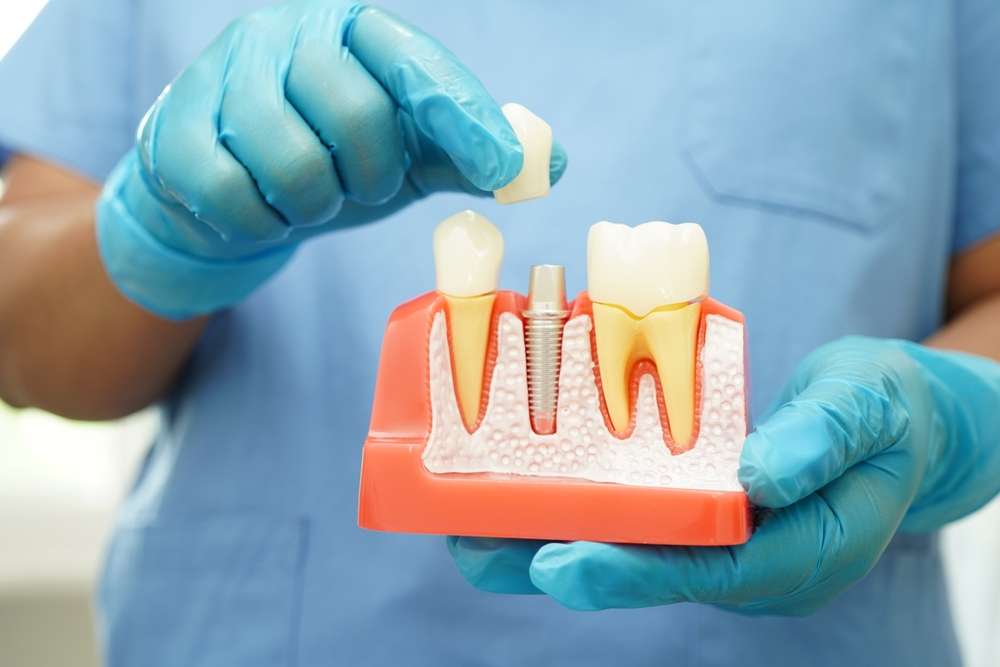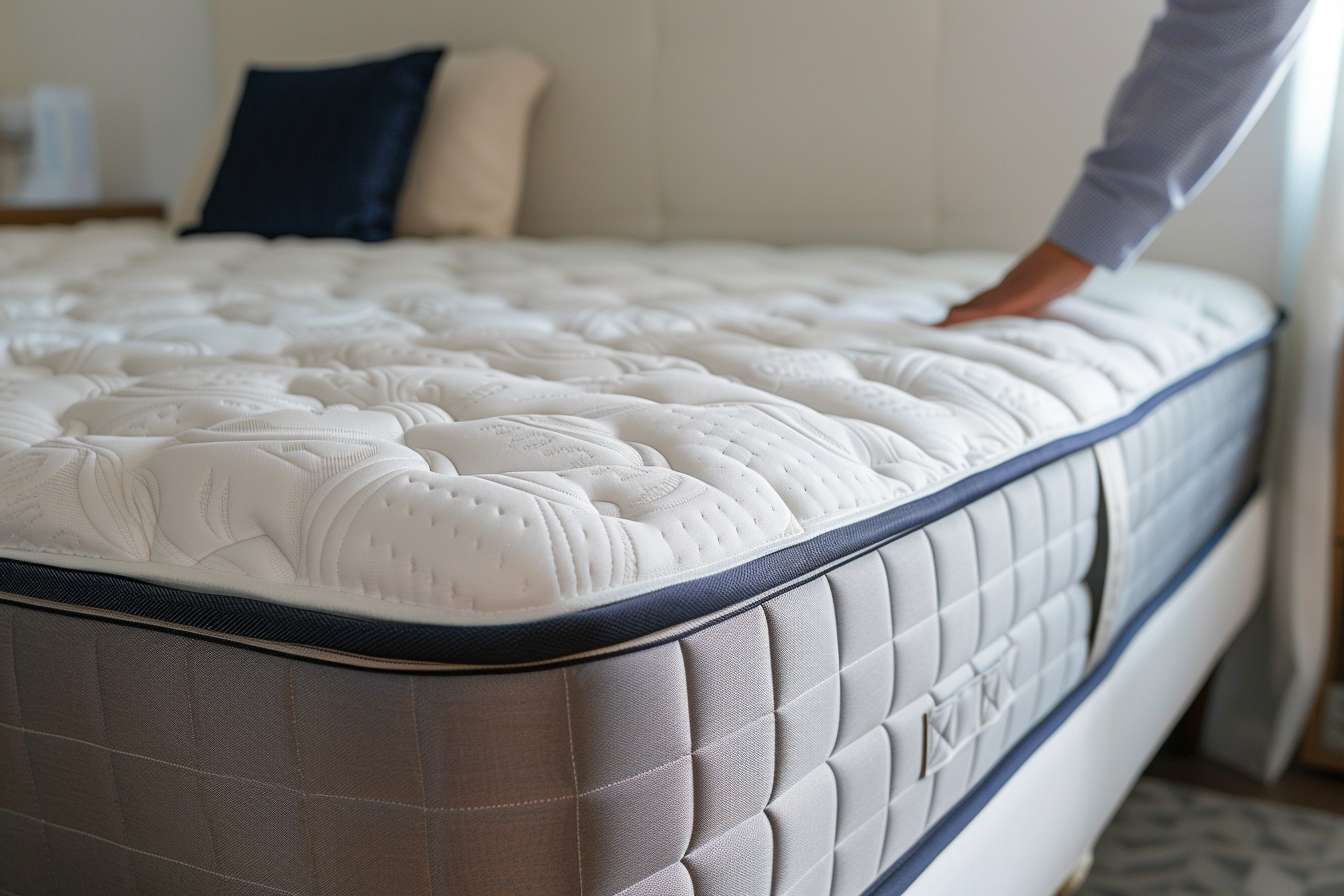How Screwless Implants May Enhance Dental Recovery
Screwless dental implants, also known as press-fit implants, mark a significant advancement in improving dental aesthetics and comfort. These implants offer streamlined placement, reduced surgical invasiveness, and enhanced appearance by eliminating visible screws. While providing aesthetic and structural benefits, considerations around durability and maintenance highlight the need for careful candidate evaluation and precision in placement.

The Advancements of Screwless Dental Implants
Modern screwless dental implants incorporate cement-retained crowns that attach directly to the implant abutment without requiring access holes or screw mechanisms. This design eliminates the need for screw access channels that traditionally penetrate through the chewing surface of dental crowns. The technology relies on dental cements similar to those used in conventional crown and bridge procedures, creating a secure bond between the prosthetic crown and the underlying implant structure.
The manufacturing process for screwless implants often involves computer-aided design and manufacturing (CAD/CAM) technology, allowing for precise customization of both the implant and restoration components. This precision manufacturing contributes to better fit and potentially improved long-term outcomes for patients seeking dental restoration solutions.
Benefits of Screwless Dental Implants
Screwless implant systems offer several practical advantages during the treatment and recovery phases. The absence of screw access holes means the occlusal surface remains intact, potentially providing better chewing function and reduced risk of food impaction. Patients may experience less post-operative discomfort since the procedure typically requires fewer surgical manipulations compared to traditional screw-retained systems.
The cement-retention method also allows dental professionals greater flexibility in crown positioning and angulation correction. When implants are placed at suboptimal angles, screwless systems can more easily accommodate these variations through the use of angled abutments and cementation techniques, potentially reducing the need for additional surgical procedures.
Aesthetic and Structural Advantages
From an aesthetic perspective, screwless implants often deliver superior cosmetic results, particularly in the anterior region where appearance is paramount. The elimination of screw access holes prevents the need for composite filling materials on the chewing surface, maintaining the crown’s original porcelain or ceramic finish. This design feature contributes to more natural-looking restorations that blend seamlessly with adjacent natural teeth.
Structurally, cement-retained crowns can utilize the full strength of the restoration material without compromise from access channels. The continuous crown structure may provide enhanced durability and resistance to fracture, particularly important for patients with parafunctional habits such as teeth grinding or clenching.
Enhanced Healing and Longevity
The screwless approach may contribute to improved healing outcomes through reduced surgical trauma and simplified prosthetic procedures. Patients often experience shorter appointment times and fewer post-operative complications when cement-retained systems are employed. The healing process may benefit from the stable, passive fit that characterizes well-designed screwless systems.
Long-term success rates for screwless implants appear comparable to traditional screw-retained alternatives when proper case selection and technique are employed. The simplified maintenance requirements and reduced risk of mechanical complications may contribute to extended implant longevity, though individual results vary based on oral hygiene practices and overall health factors.
Considerations and Limitations
Despite their advantages, screwless dental implants present certain limitations that patients and dental professionals must consider. Retrievability represents the primary concern, as cement-retained crowns can be challenging to remove if complications arise or adjustments become necessary. Traditional screw-retained systems offer easier access for maintenance and modification procedures.
Cement selection and application technique require careful attention to prevent excess material from remaining in the surrounding gum tissues. Residual cement can contribute to peri-implant inflammation and potential implant failure if not properly managed during the cementation process. Regular professional monitoring becomes essential to ensure long-term success with screwless systems.
Cost considerations vary depending on the specific system chosen, geographical location, and individual case complexity. Most screwless implant treatments range from $3,000 to $6,000 per tooth, including the implant, abutment, and crown components. Additional procedures such as bone grafting or soft tissue management may increase overall treatment costs.
| Treatment Component | Estimated Cost Range | Additional Considerations |
|---|---|---|
| Screwless Implant System | $1,500 - $3,000 | Includes implant and abutment |
| Cement-Retained Crown | $1,500 - $3,000 | Porcelain or zirconia materials |
| Complete Treatment | $3,000 - $6,000 | May vary by geographic region |
Prices, rates, or cost estimates mentioned in this article are based on the latest available information but may change over time. Independent research is advised before making financial decisions.
Screwless dental implants represent a valuable option for patients seeking efficient tooth replacement solutions with potentially enhanced recovery experiences. While not suitable for every clinical situation, these systems offer distinct advantages in appropriate cases. Consultation with qualified dental professionals remains essential for determining the most suitable implant approach based on individual needs, anatomical considerations, and long-term treatment goals.
This article is for informational purposes only and should not be considered medical advice. Please consult a qualified healthcare professional for personalized guidance and treatment.




